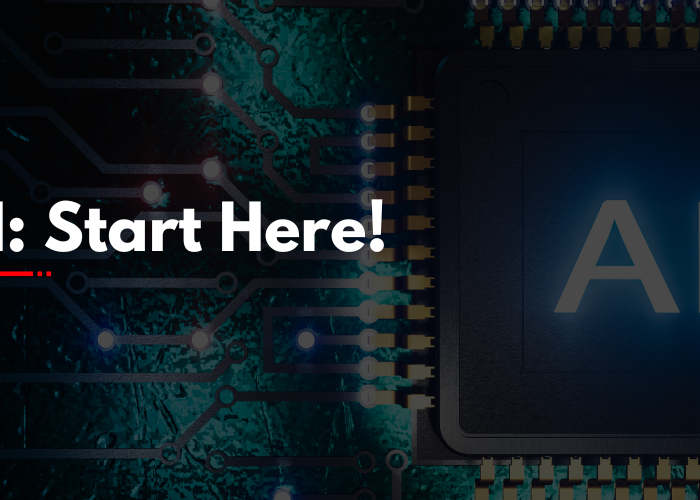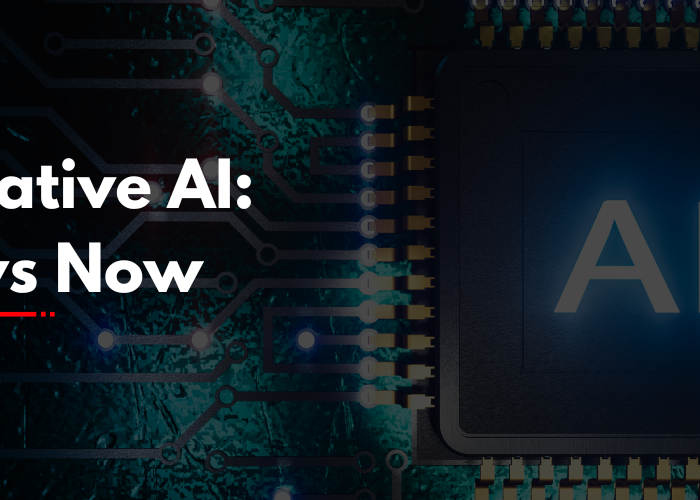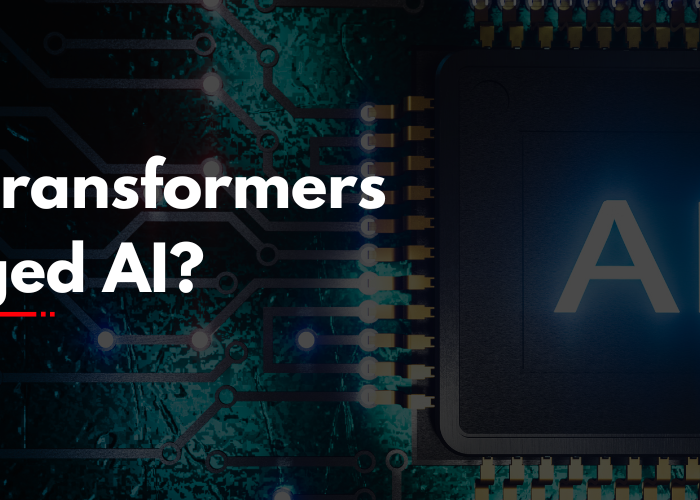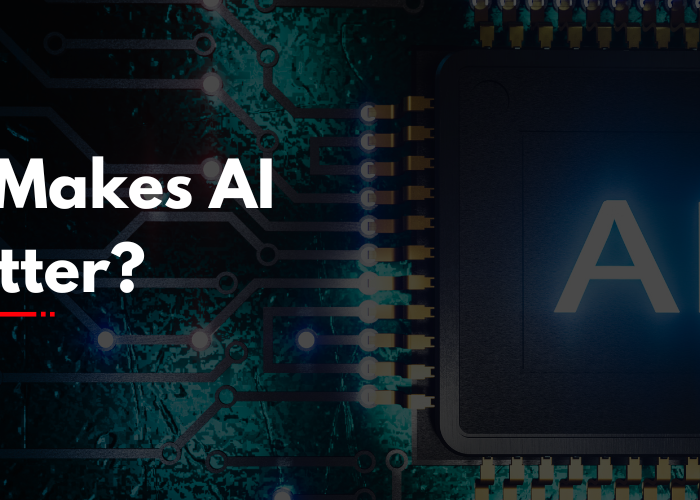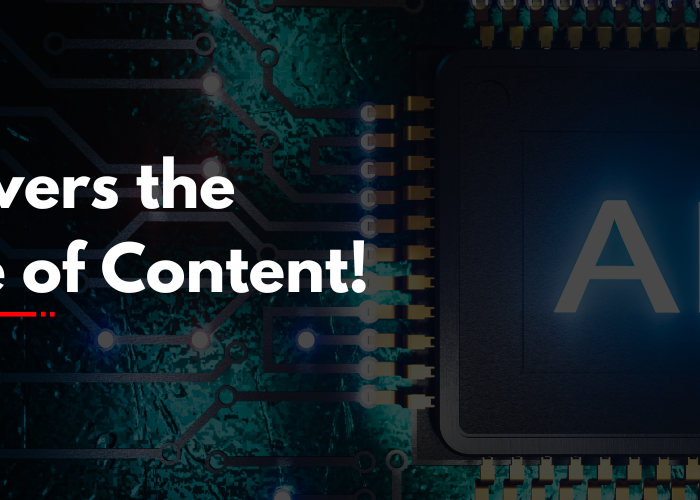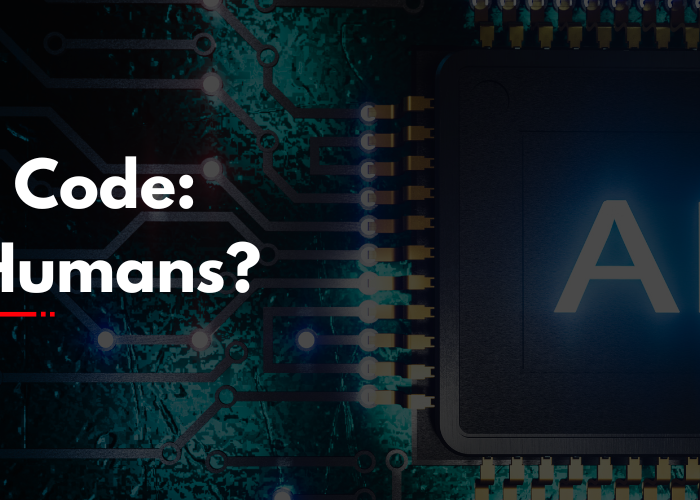Introduction
Generative AI may be a buzzword from the future, but there’s a good chance you’re already using it every day and not even know it. From your phone assisting you in composing a message, an app coming up with the ideal Instagram caption, or a chatbot providing you with speedy answers, generative AI is working behind the scenes without anyone noticing.
This blog will make you aware of where generative AI appears in your everyday life, how it operates, and why it is important. Let’s lift the veil on the unseen tech that is shaping your world.
Key Components of Generative AI
To get a sense of how generative AI works as part of everyday tools, it’s useful to understand what’s going on under the hood without getting too much into tech jargon. It’s like baking you have ingredients (data), a recipe (the training process), and a good chef (the AI model).
Generative AI begins with hundreds of examples from the real world texts, images, dialogue, music, and so on and learns from them. It absorbs patterns, much like you could learn the structure of a song after hearing it a few times. And then it applies those patterns to create something new every time it’s asked.
So, whether it’s drafting an email or creating a playlist, generative AI is taking what it’s learned and turning it into “guesses” about what you want next and usually correctly.
Types of Generative AI
Generative AI appears in a few different forms depending on what it’s producing. You’ll see:
- Text Generators: These assists in autocompleting sentences, responding to questions, or writing entire articles.
- Image Creators: From filters to turning selfies into cartoons, image-based AI is ubiquitous.
- Voice and Sound Tools: Consider voice assistants, text-to-speech technology, or voice-cloning apps.
- Code Helpers: If you’ve ever had your IDE auto-suggest a line of code, that’s generative AI as well.
And the good news? You don’t need to install a sleek AI app to experience it it’s built into the apps and devices you’re already using every day.

Key Benefits and Challenges
One of the greatest advantages of generative AI is how seamlessly it integrates into your life. It saves time, enhances creativity, and makes everyday tools intelligent. You no longer must craft the ideal email subject line from scratch or spend hours editing a selfie. These tools work behind the scenes to do the heavy lifting.
But with that ease comes a few challenges. Sometimes, AI suggestions might be off-base or a little too robotic. There’s also the question of trust—are these tools keeping your data private? And who’s responsible when AI makes a mistake or generates something misleading?
Still, the pros often outweigh the cons especially when AI is used as a helpful assistant, not a replacement for human input.
Real-Time Applications (The Top 5 You Might Be Using Every Day)
Let’s dive in—here are five places you’re likely using generative AI in your daily life without even knowing it:
- Smart Email Responses
When Gmail or Outlook recommends a reply such as “Sounds good!” or completes your sentence for you—yes, that’s generative AI. It’s trained on billions of messages to make an educated guess about what you’d like to type next.
- Photo Filters and Touch-Up Tools
Whether you’re smoothing out a selfie, adding a cartoon filter on Snapchat, or generating an AI-powered profile pic—these tools rely on generative AI to edit or create images based on your input.
- Voice Assistants
When Siri, Alexa, or Google Assistant respond in full sentences, summarize your reminders, or read texts aloud, that’s generative AI helping them sound more natural and helpful.
- Chatbots and Customer Support
Ever spoken to a brand’s customer care on their site or app and thought the replies were impressively good? That’s because a lot of chatbots today employ generative AI to comprehend your query and respond with human-like responses.
- Music or Video Recommendations
When Spotify recommends a “Discover Weekly” playlist or Netflix provides a trailer you may like—it’s employing AI to not only recommend, but sometimes even create visuals, descriptions, or audio clips specifically for you.
How It Works:
Generative AI does not know the way humans do. Rather, it observes trends from previous samples to make well-informed predictions. If it’s composing a response, it selects words by how frequently a given phrase arises in similar context. If it’s retouching a photograph, it speculates about your face with added light or smooth skin.
Imagine it as a super-intelligent autocomplete. The more it observes and trains, the more accurate its predictions are. That’s how software becomes smarter the more we use it.
Getting Started with Generative AI
If you’re interested and want to try generative AI on your own, begin with the apps you already use. Write a longer message in Gmail and see how it helps complete your sentences. Ask Siri or Google Assistant an open-ended question. Mess around with the “magic edit” feature in your photo app.
Ready to dig deeper? Experiment with free tools such as:
- ChatGPT (text)
- DALL·E or Canva AI (images)
- ElevenLabs (voice)
- Notion AI or Copy.ai (writing helpers)
You don’t have to learn how to code or set up anything complicated. Just open your browser and give it a shot.
Conclusion
Generative AI isn’t some far-off tech that only scientists or startups employ. It’s in your phone, your email, your playlists, and even your selfies. Day after day, these clever tools are quietly assisting you in writing, talking, creating, and expressing yourself.
By taking notice of where AI already serves you, you’ll get a better sense of what’s possible and how to apply it more innovatively and confidently. With these tools constantly evolving, so too will how we engage with them. So why not have a closer look and see what’s possible?


